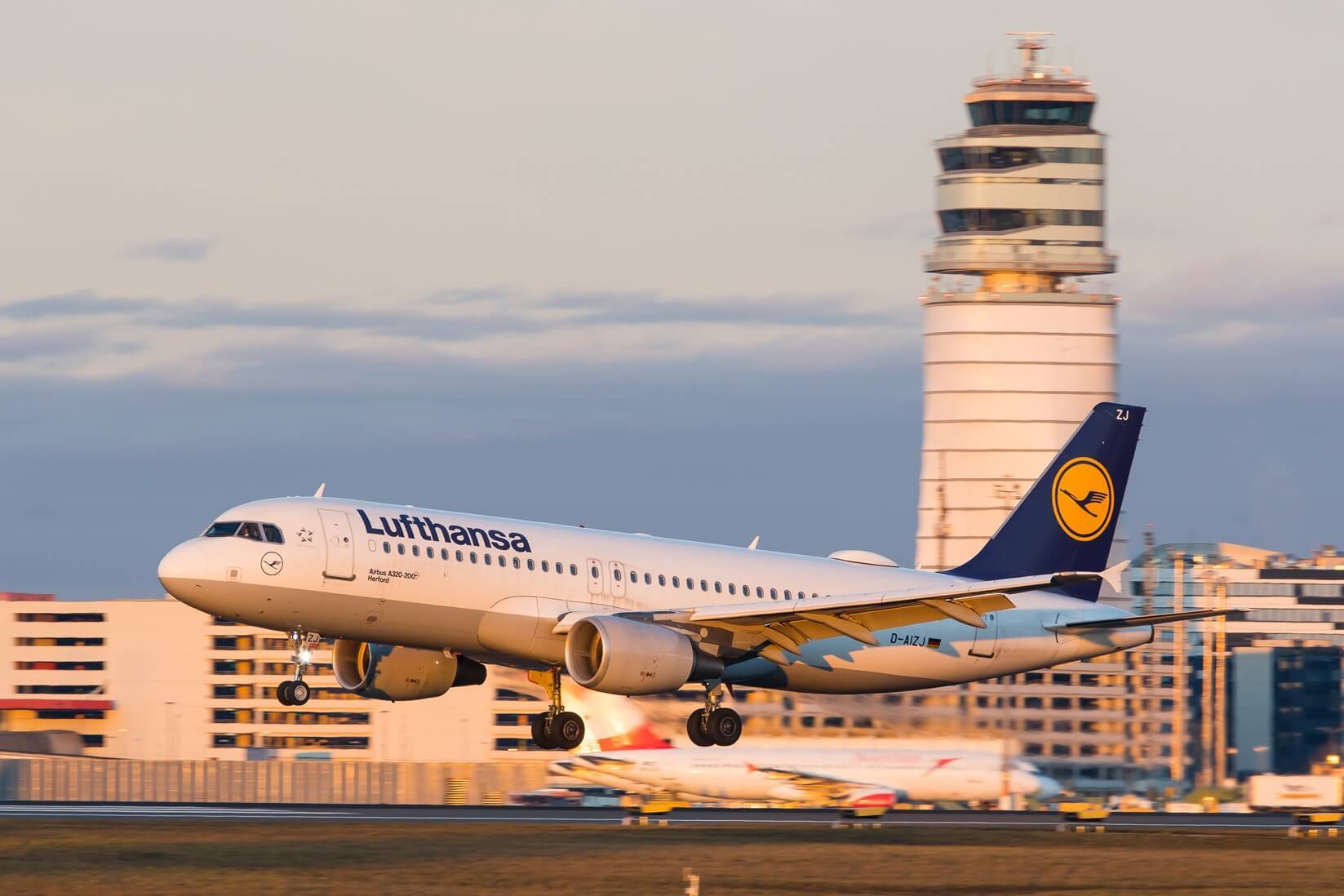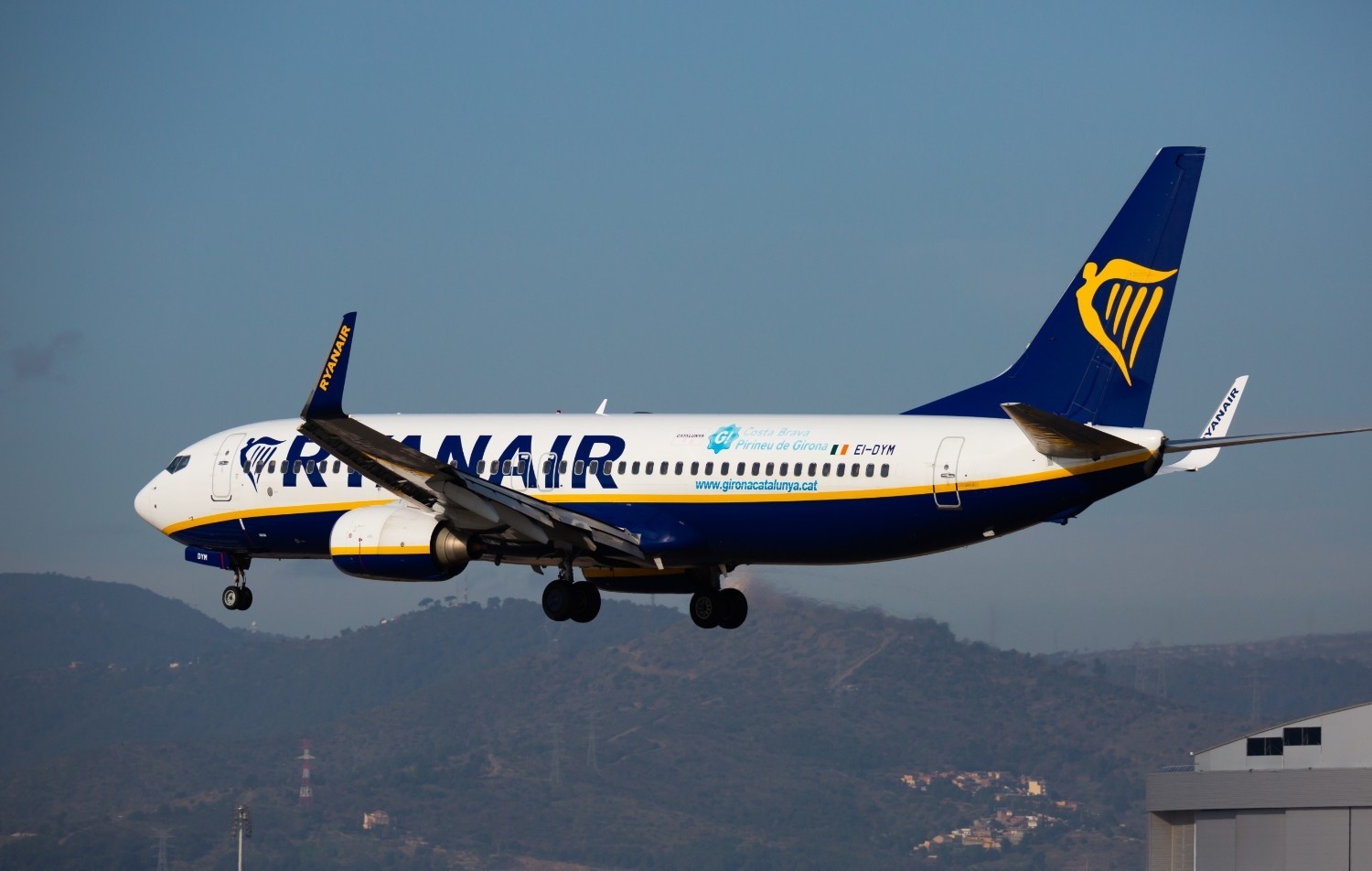Origins of British Airways: A complex tapestry of aviation history
The journey of British Airways is deeply rooted in the rich history of aviation, tracing back to its predecessor, Aircraft Transport and Travel Limited (AT&T), established in 1919. This marked the beginning of daily international scheduled air service, connecting London to Paris and laying the groundwork for future developments in the industry.
Formation of BOAC and BEA
Following the aftermath of World War II, the landscape of British aviation underwent significant transformations. The merger of four small companies in 1924 led to the formation of Imperial Airways, which quickly emerged as a leader in international air travel, expanding its reach across continents.
British Airways Limited and the birth of BOAC
In 1935, British Airways Limited was established as an independent airline, focusing on domestic and northern European flights. Subsequent government intervention in 1940 led to the creation of British Overseas Airways Corporation (BOAC), marking a new era in transcontinental air travel.
BEA's rise to prominence
British European Airways (BEA), established post-World War II, played a pivotal role in providing air services within the British Isles and continental Europe. With a fleet of British-built aircraft, BEA became a frontrunner in European aviation, setting standards for domestic operations and expanding its footprint across the region.
Cambrian Airways and Northeast Airlines
While BOAC and BEA garnered attention on the international stage, regional players like Cambrian Airways and Northeast Airlines contributed significantly to the formation of British Airways. These airlines, though smaller in scale, played vital roles in connecting remote regions and bolstering domestic air travel.
The historic merger of 1974
The year 1974 marked a significant milestone in British aviation history with the merger of BOAC, BEA, Cambrian Airways, and Northeast Airlines. This amalgamation laid the foundation for the birth of British Airways, heralding a new era of growth and innovation in the airline industry.
British Airways: A trailblazer in aviation
Following the merger, British Airways embarked on a trajectory of expansion and modernization. Embracing technological advancements, the airline introduced widebody aircraft and pioneered supersonic passenger travel with the Concorde, cementing its status as a global aviation leader.
Privatization and evolution
In 1987, British Airways underwent privatization, signaling a shift towards greater autonomy and competitiveness in the market. Subsequent mergers and alliances, including the merger with British Caledonian Airways and the formation of the International Airlines Group (IAG), positioned British Airways as a formidable player on the global stage.
With a legacy spanning over a century, British Airways continues to evolve and adapt to changing market dynamics. As it navigates through challenges and opportunities in the aviation landscape, one thing remains certain—British Airways will remain a cornerstone of commercial aviation, embodying the spirit of innovation and excellence.
Latest posts
Flight delays and cancellations in July 2025
Check which flights were delayed in July 2025 – you may still be entitled to claim up to 600 € in compensation.
Flight cancellations and delays in March 2024
Check which flights were delayed in March 2024 – you may still be entitled to claim up to 600 € in compensation.
Flight cancellations and delays in February 2024
Check which flights were delayed in February 2024 – you may still be entitled to claim up to 600 € in compensation.












